- Home
- Directory
- Shop
- Underwater Cameras - Photographic Accessories
- Smartphone Housings
- Sea Scooters
- Hookah Dive Systems
- Underwater Metal Detectors
- Dive Gear
- Dive Accessories
- Diving DVD & Blu-Ray Discs
- Diving Books
- Underwater Drones
- Drones
- Subscriptions - Magazines
- Protective Cases
- Corrective Lenses
- Dive Wear
- Underwater Membership
- Assistive Technology - NDIS
- On Sale
- Underwater Gift Cards
- Underwater Art
- Power Stations
- Underwater Bargain Bin
- Brands
- 10bar
- AirBuddy
- Akona
- AOI
- Apollo
- AquaTech
- Atomic Aquatics
- aunoc
- AxisGo
- Backscatter Underwater Video and Photo
- BLU3
- Buddy-Watcher
- Cayago
- Chasing
- Cinebags
- Contour
- Deepblue
- Devilite
- Digipower
- DJI
- Dyron
- Edge Smart Drive
- Eneloop
- Energizer
- Exotech Innovations
- Fantasea
- FiiK Elektric Skateboards
- Garmin
- Geneinno
- GoPro
- Hagul
- Hoverstar
- Hydro Sapiens
- Hydrotac
- Ikelite
- Indigo Industries
- Inon
- Insta360
- Intova
- Isotta Housings
- Jobe
- JOBY
- Kraken Sports
- LEFEET
- Marelux
- Mirage Dive
- Nautica Seascooters
- Nautilus Lifeline
- NautiSmart
- Nocturnal Lights
- Nokta Makro
- Ocean Guardian
- Oceanic
- Olympus
- OM System
- Overboard
- Paralenz
- PowerDive
- QYSEA
- Ratio Dive Computers
- Scubajet
- Scubalamp
- Sea & Sea
- SeaDoo Seascooter
- SeaLife
- Seashell
- Seavu
- Shark Shield
- Sherwood Scuba
- Spare Air
- StickTite
- StormCase
- Sublue
- Suunto
- SwellPro
- T-HOUSING
- Tusa
- U.N Photographics
- Venture Heat
- XTAR
- Yamaha Seascooter
- Youcan Robot
- Zcifi
The Big Leap
Contributed by Scuba Diver Australasia
With several reputable brands producing entry-level digital SLRs (DSLRs) at a very competitive price, a number of underwater photographers currently using consumer or prosumer cameras are now thinking of upgrading their current set-up. But stop! Before you make the big leap, just read these few words of hard-earned wisdom.
The SLR Advantage:
As a consumer digital camera user, you certainly have been put off more than once by shutter lag, this delay between the shutter release being depressed and the actual photo being taken by the camera. However slight, this delay is sufficient to make you miss that shot of a posing clownfish or of a manta ray passing overhead. This problem is an artefact of consumer digital cameras, and is virtually non-existent in DSLRs. There is no noticeable delay between the actuation of the shutter release and the actual shot. This is a significant advantage underwater, where you often only get one opportunity to take a shot.
A corollary of this is the ability of DSLRs to take shots in close repetition. These cameras are normally provided with a generous amount of buffer memory, which translates into the possibility to take several shots in close succession, without having to wait until the camera has finished writing the pictures, since the latter are stored in the camera’s built-in memory bank. This particular ability of SLRs is especially useful when shooting RAW (more on this in a future article), given the relatively large size of the files produced. By comparison, one often has to wait several seconds, depending on the format and size of the picture, before being able to take the next shot. Here again, this could mean missing out on a photo opportunity.
Another clear advantage of DSLR cameras is the quality of the lenses. Camera and lens manufacturers generally produce lenses that exhibit much better optical properties for DSLRs than for consumer cameras. This results in images that are of higher quality, and sharper from corner to corner on DSLRs. This is further enhanced by the fact that currently, the majority of lenses used by DSLRs are originally manufactured for use with film-based cameras. The centre portion of the image projected by these lenses is generally sharper and clearer than the periphery. Since most digital DSLRs only capture this centre portion of the image, pictures produced by DSLRs with these lenses are of high quality.
The fact that DSLRs only capture the centre portion of the image projected by the lenses presents an added advantage when shooting macro subjects: since the camera sensors sees a smaller picture angle, the subjects appear magnified, as if the picture had been taken with a lens of longer focal length. This effectively makes DSLRs great tools for shooting macro subjects.
Besides lens quality, DSLRs also benefit from the flexibility afforded by the extremely diverse offering of lenses available on the market, ranging from the widest fisheye to the longest telephoto lens. Depending on the subject you want to shoot, you can always find the right lens for the job.
Finally, DSLR cameras are usually highly customisable. It is possible to make
fine adjustments over a wide range of shooting parameters to achieve just the
right shot. Even high-end prosumer digital cameras cannot match the amount of
customisation afforded by DSLRs.The Catch:
Now, that’s for the good news. However, all is not necessarily better
in DSLRs. First of all, there’s the cost involved in upgrading. Although
entry-level DSLRs may cost the same as high-end prosumer cameras, one also has
to factor in the cost of additional lenses and ports, and the generally higher-priced
housings. Fortunately, most strobes used with prosumer cameras can also be used
with DSLRs. Nonetheless, for a complete DSLR set-up, you could be looking at
forking out an extra A$1,500 as compared with a high-end prosumer one. This
may not sound too bad, when weighed against all the advantages of DSLRs.
On the other hand, the fact that DSLRs use interchangeable lenses may prove a disadvantage for underwater photographers. While most underwater housing for consumer or prosumer digital cameras accept external wide-angle or macro conversion lenses, the same cannot be said of DSLR housings. In fact, at the time of writing this article, I am only aware of the existence a wet-attached x2 lens for close-up shots, but no wide-angle conversion lens. This means that you have to make a conscious choice before the dive as to which type of subject you will be shooting during the dive. So if you planned to shoot nudibranchs and a turtle comes by, you may just be able to capture its eye.
Long-time consumer digital camera users who have gotten used to framing their subjects using the LCD screen of the camera may be put off at first when switching to a DSLR. Since these cameras have a mirror or a prism between the lens and the sensor to allow photographers to see through the lens in the viewfinder, it is not possible to preview the picture on the LCD. One can only review it after the shot. This is not as bad as it seems, since it is possible to check that the subject is properly focussed, which may be missed out when using the LCD. Also, some housing manufacturers, such as Seacam, produce angled viewfinders that allow DSLR users to shoot in a natural swimming position.
A last point to consider is the extra bulk and weight of a DSLR as compared with a consumer camera set-up. Depending on what equipment you are currently using, you could well be looking at adding 10kg to your gear bag. This is an important consideration when travelling to exotic dive destinations, as you could end up having to pay substantial excess luggage.Your Call:
Hopefully, these few points will provide some insight on the pros and cons of using a DSLR underwater. Ultimately, it is up to you to weigh the advantages and disadvantages in the light of your diving and shooting habits, and decide whether or not DSLRs are the right tool for you.
This article was originally published in Scubadiver Australasia - issue 1 - 2005
Shopfront
-
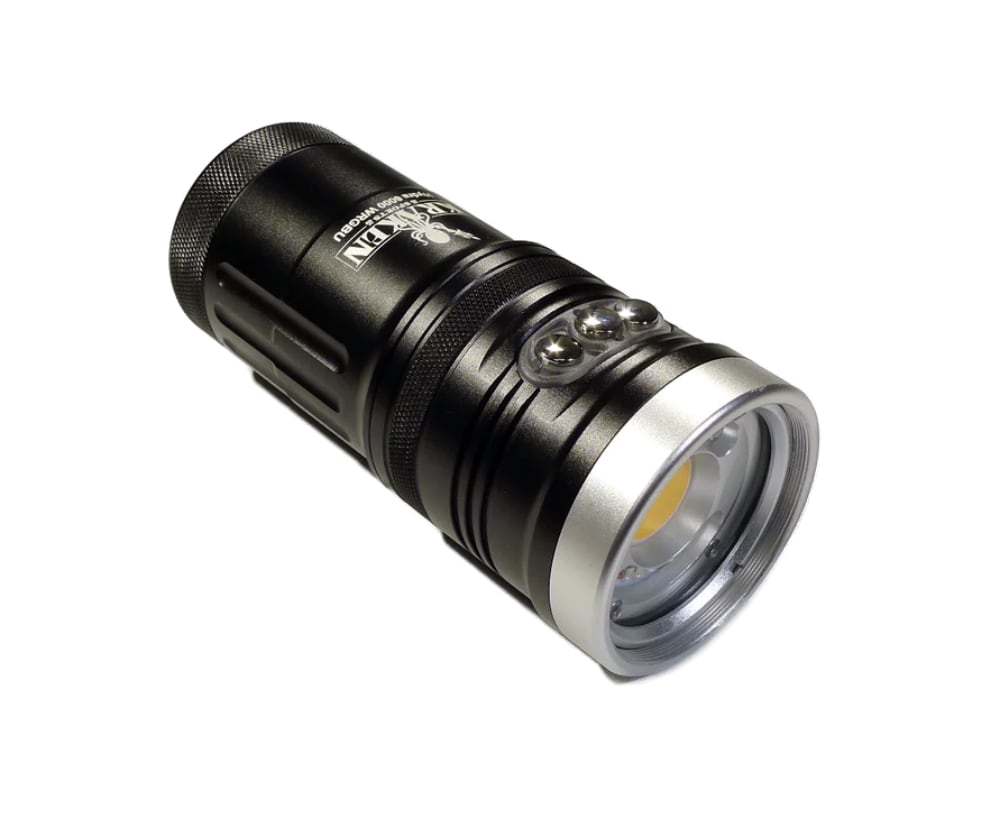 Kraken Hydra 6000 WRGBU
Kraken Hydra 6000 WRGBU
- Price A$ 949.00
-
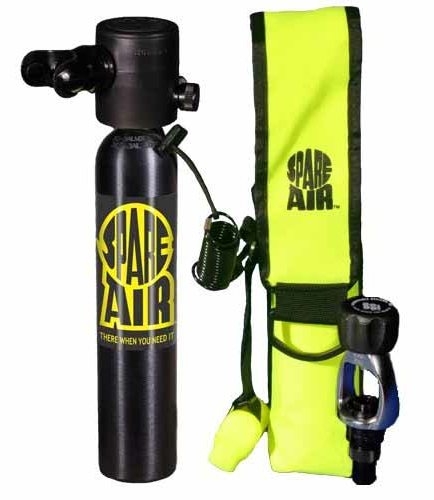 Submersible Systems Spare Air Pack - Model 300 - 3cuf
Submersible Systems Spare Air Pack - Model 300 - 3cuf
- Price A$ 479.00
-
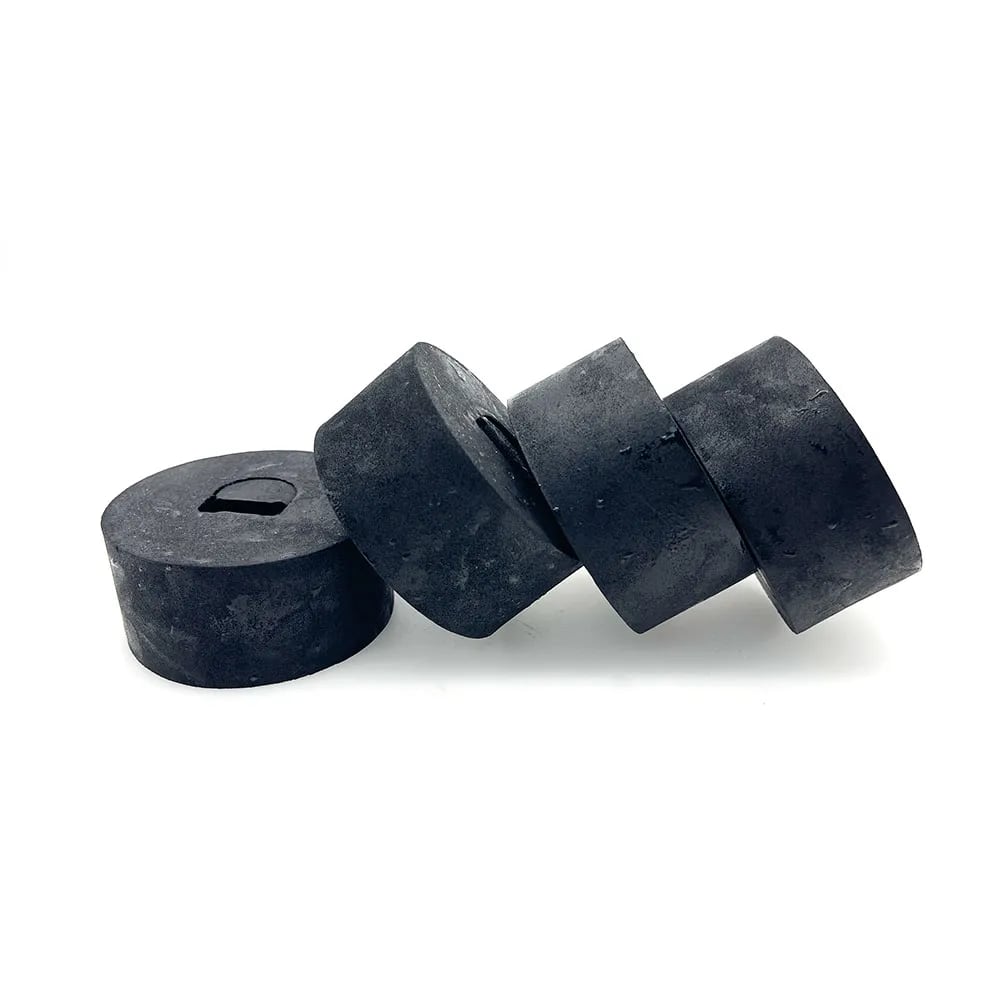 Nitescuba Float Block FAXS/FAXM
Nitescuba Float Block FAXS/FAXM
- Price A$ 59.95
-
 Underwater Card - Lifetime membership
Underwater Card - Lifetime membership
- Price A$ 30.00
-
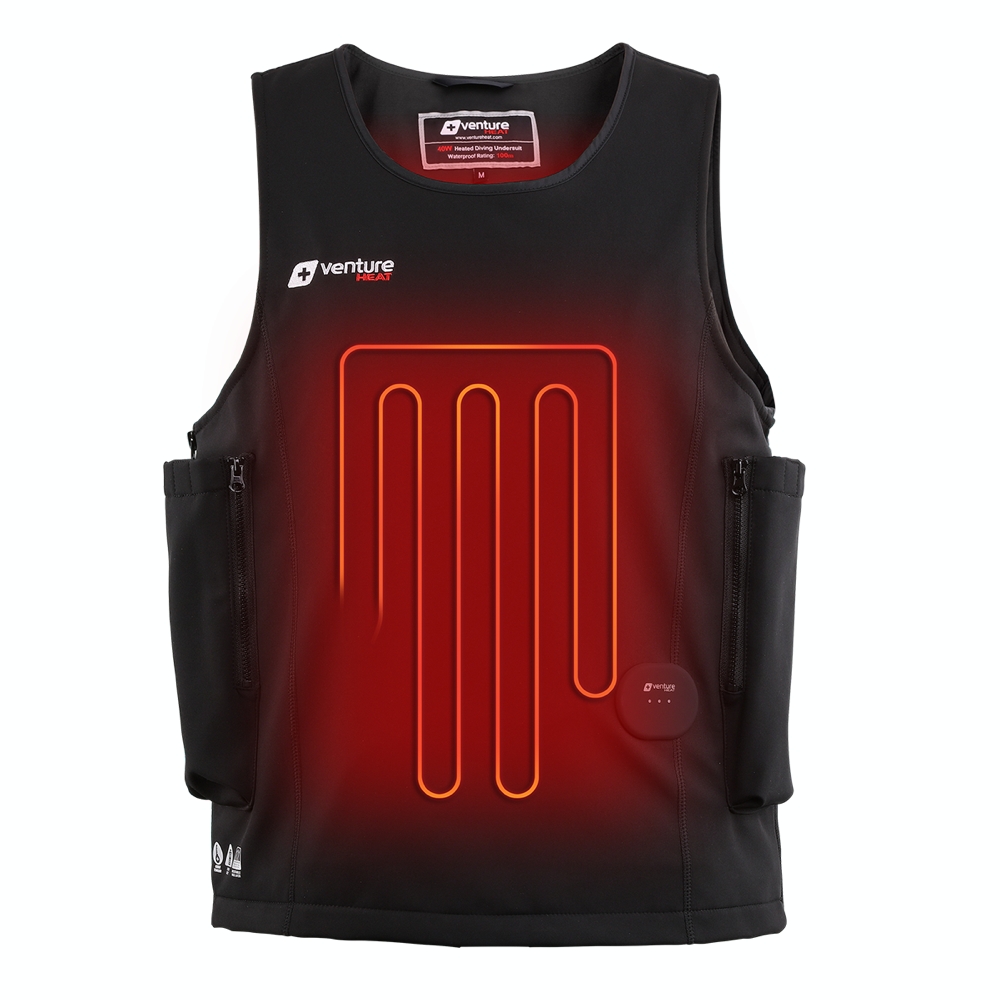 Venture Heat - Pro 32w Dive Vest Kit - V2
Venture Heat - Pro 32w Dive Vest Kit - V2
- Price A$ 1,139.00
-
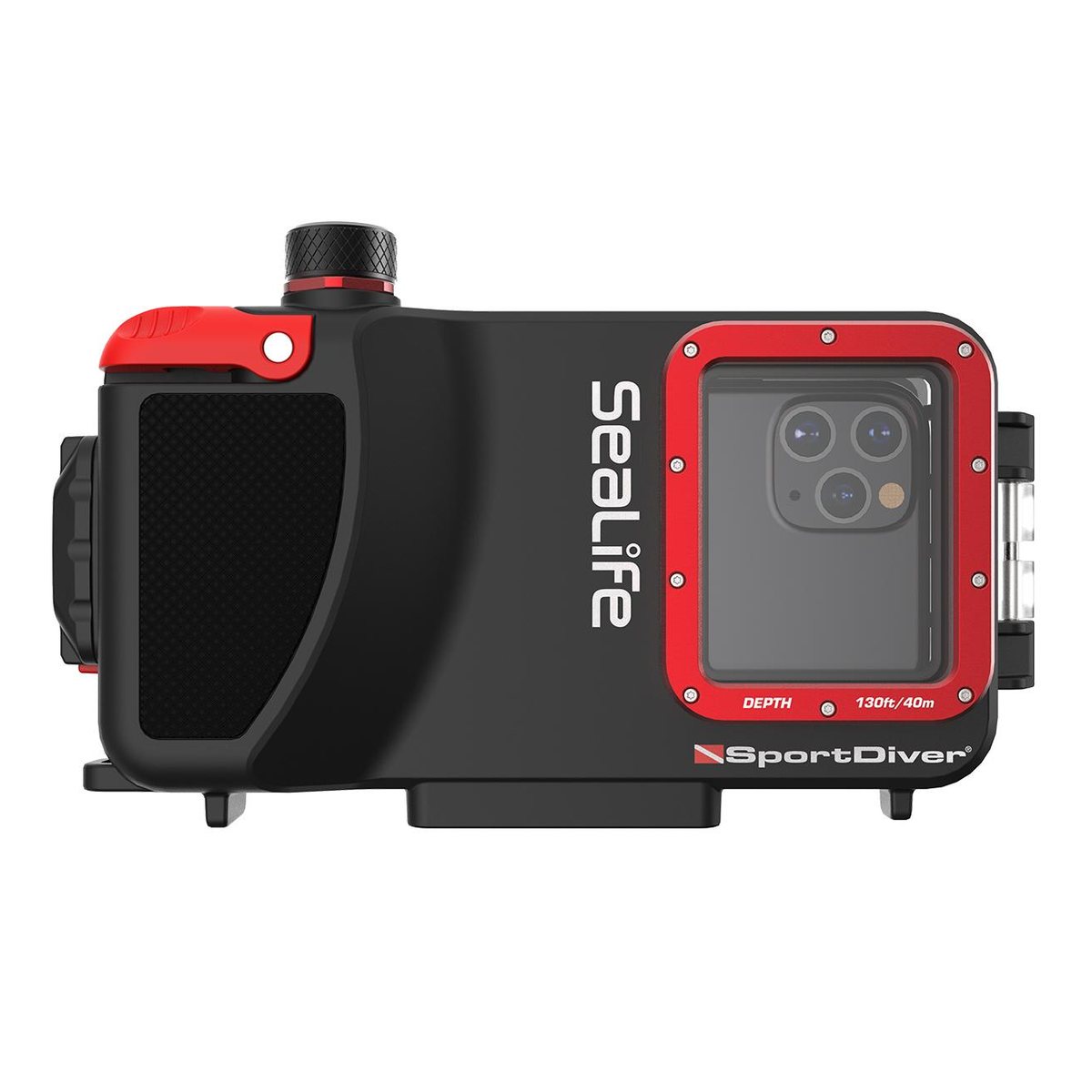 SeaLife - SportDiver Underwater Smartphone Housing
SeaLife - SportDiver Underwater Smartphone Housing
- Price A$ 599.00
-
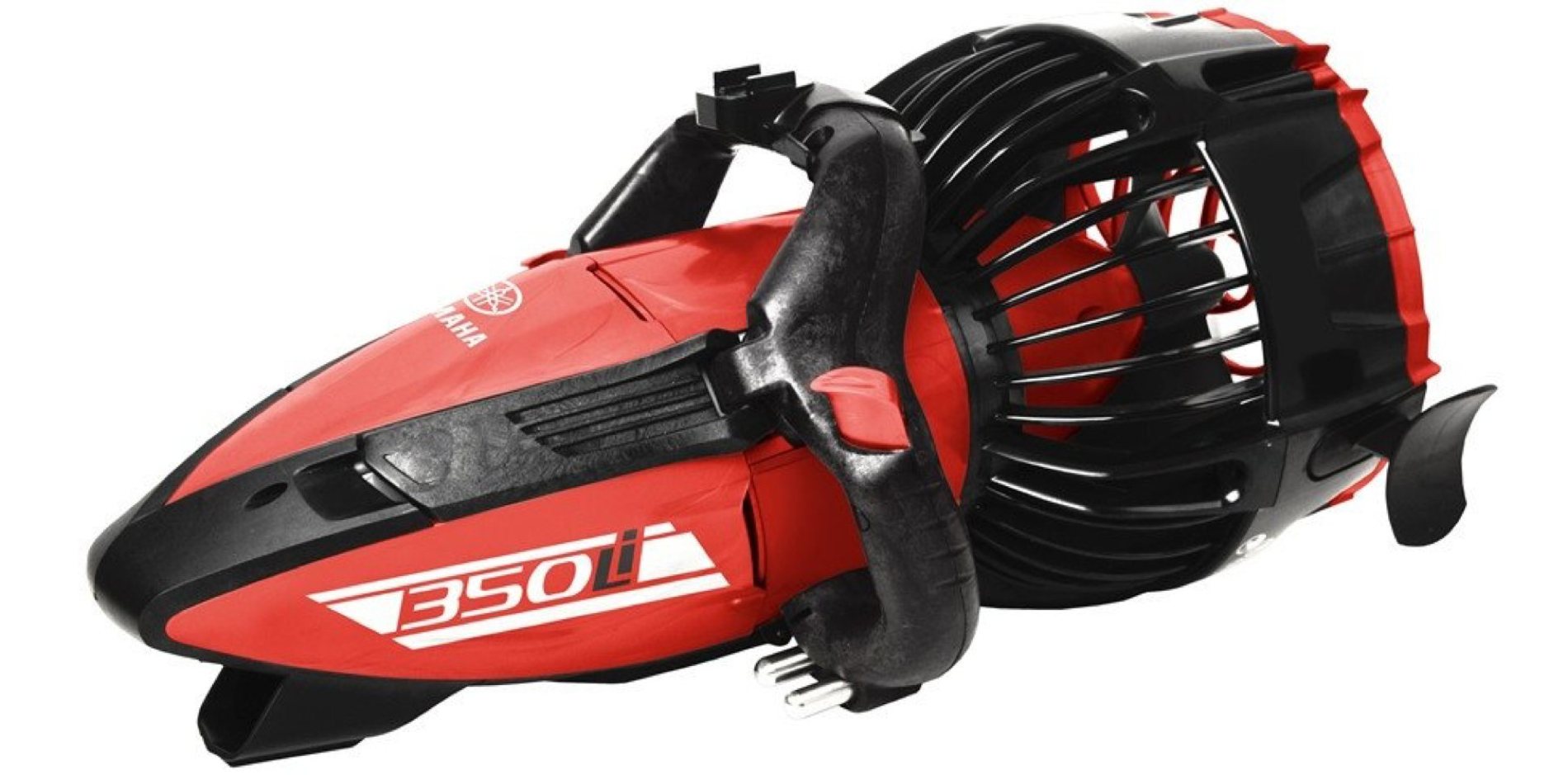 Yamaha Seascooter 350Li
Yamaha Seascooter 350Li
- Price A$ 1,999.00
In the Directory




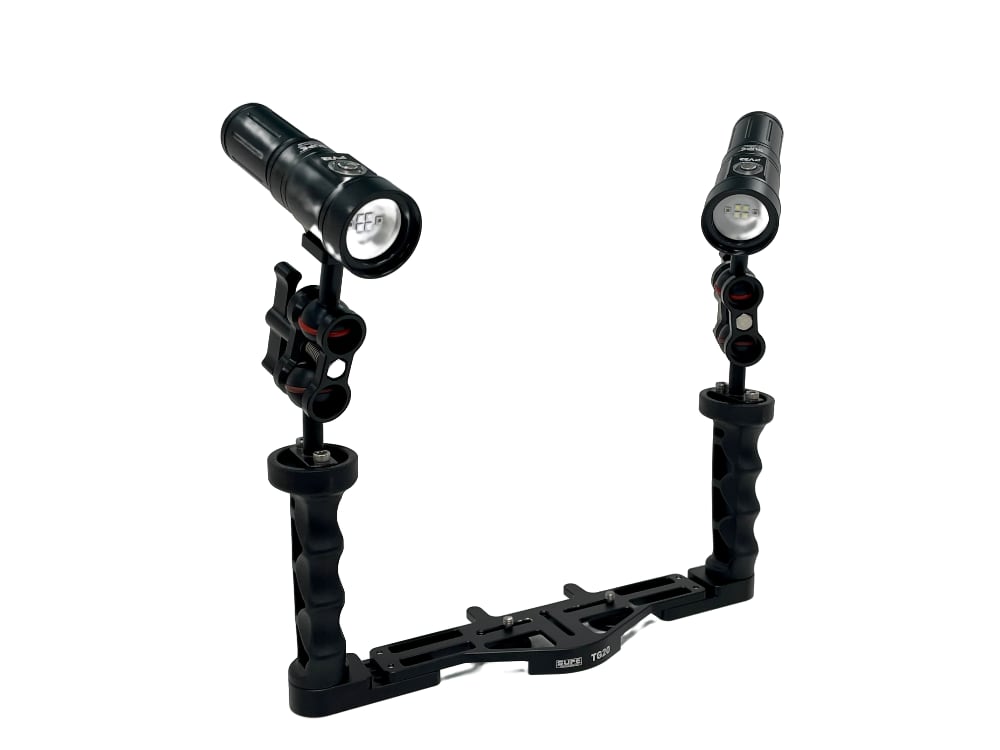
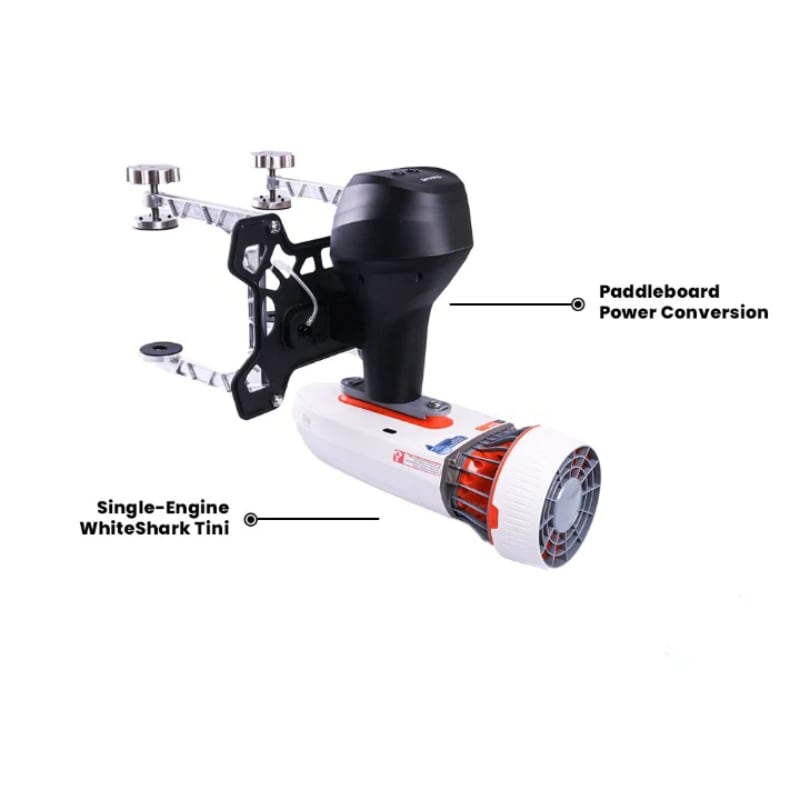
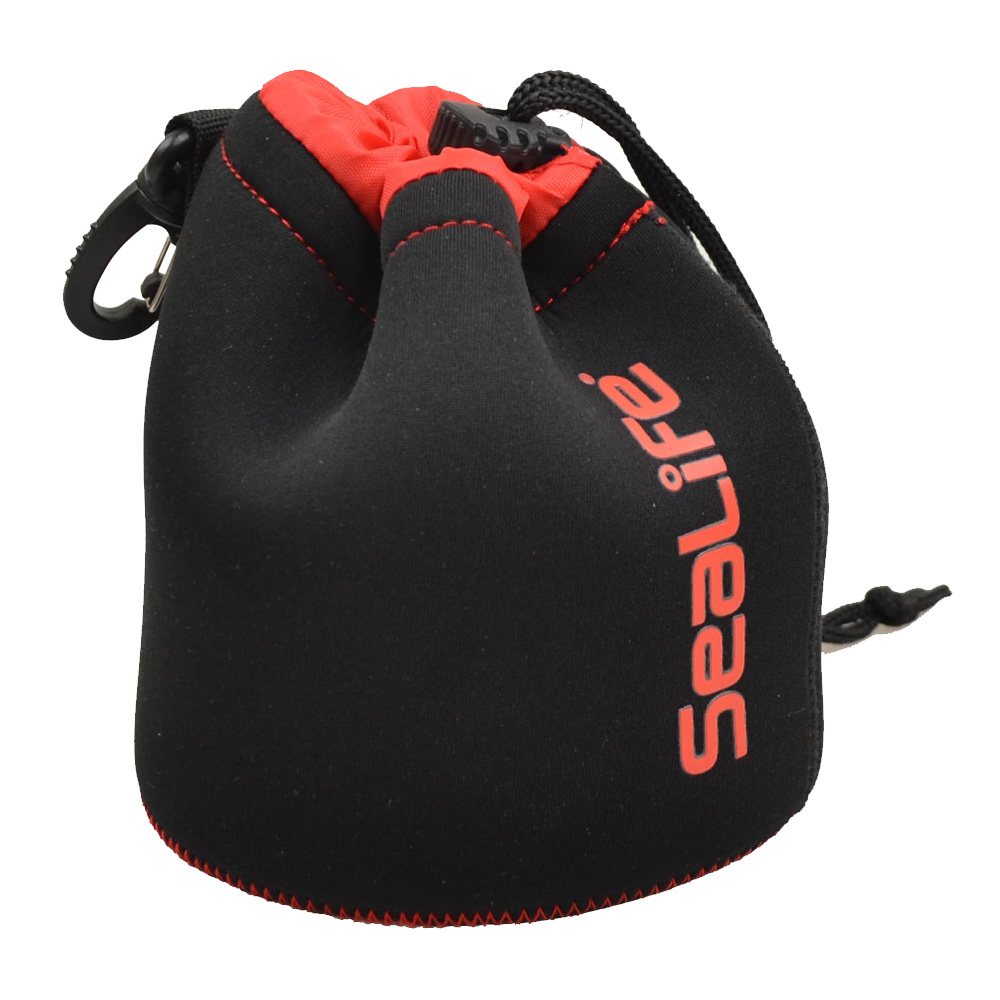
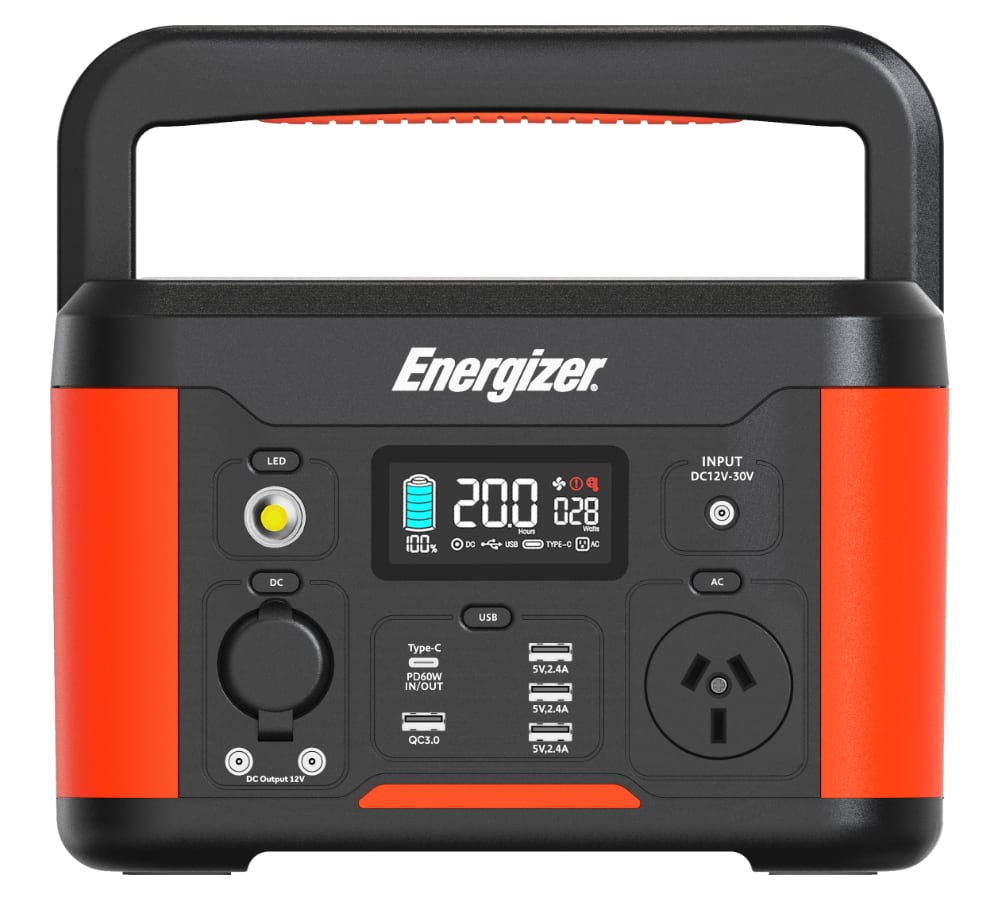
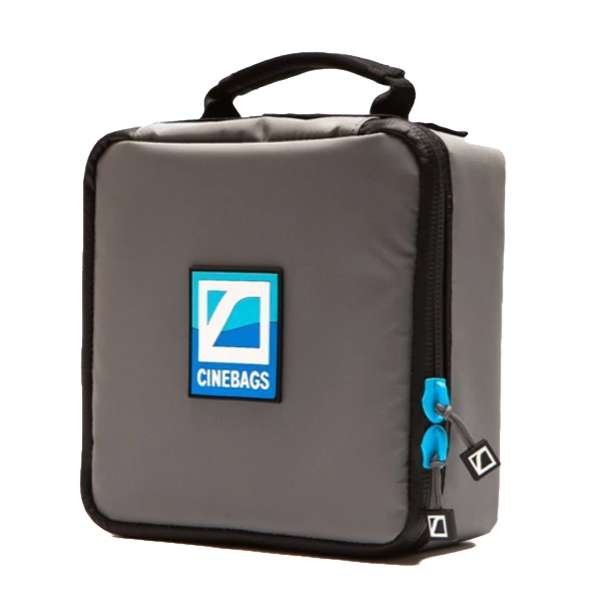
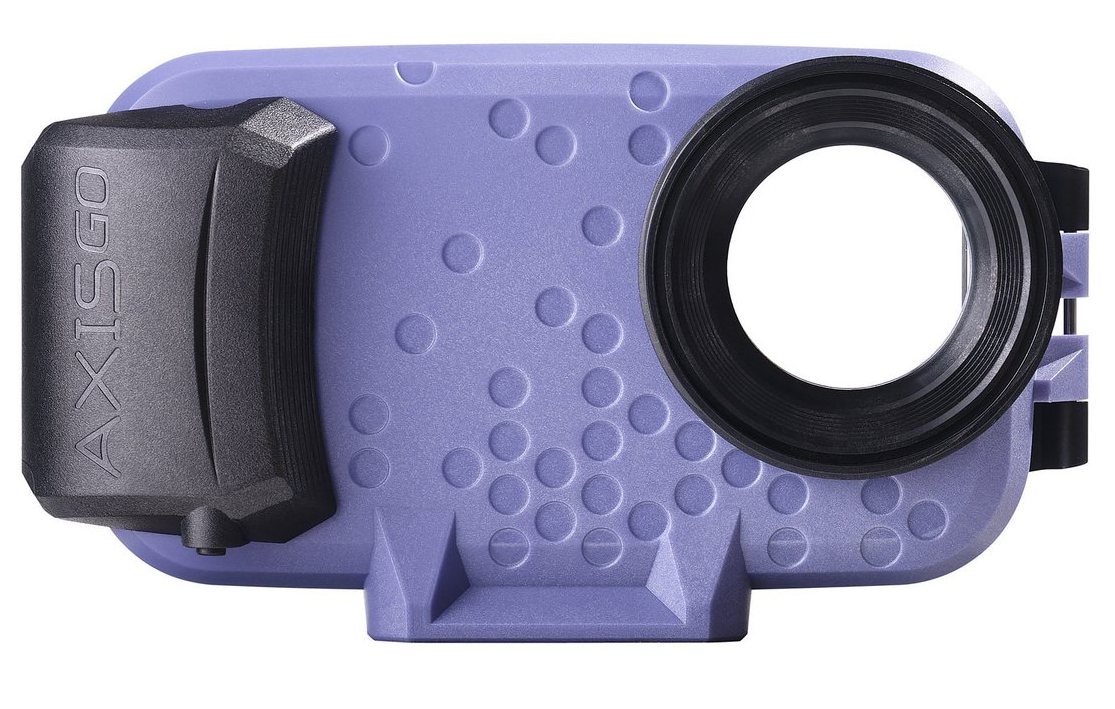
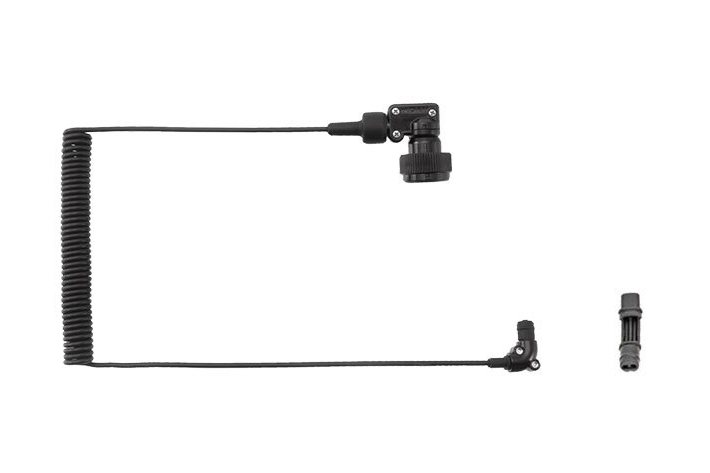
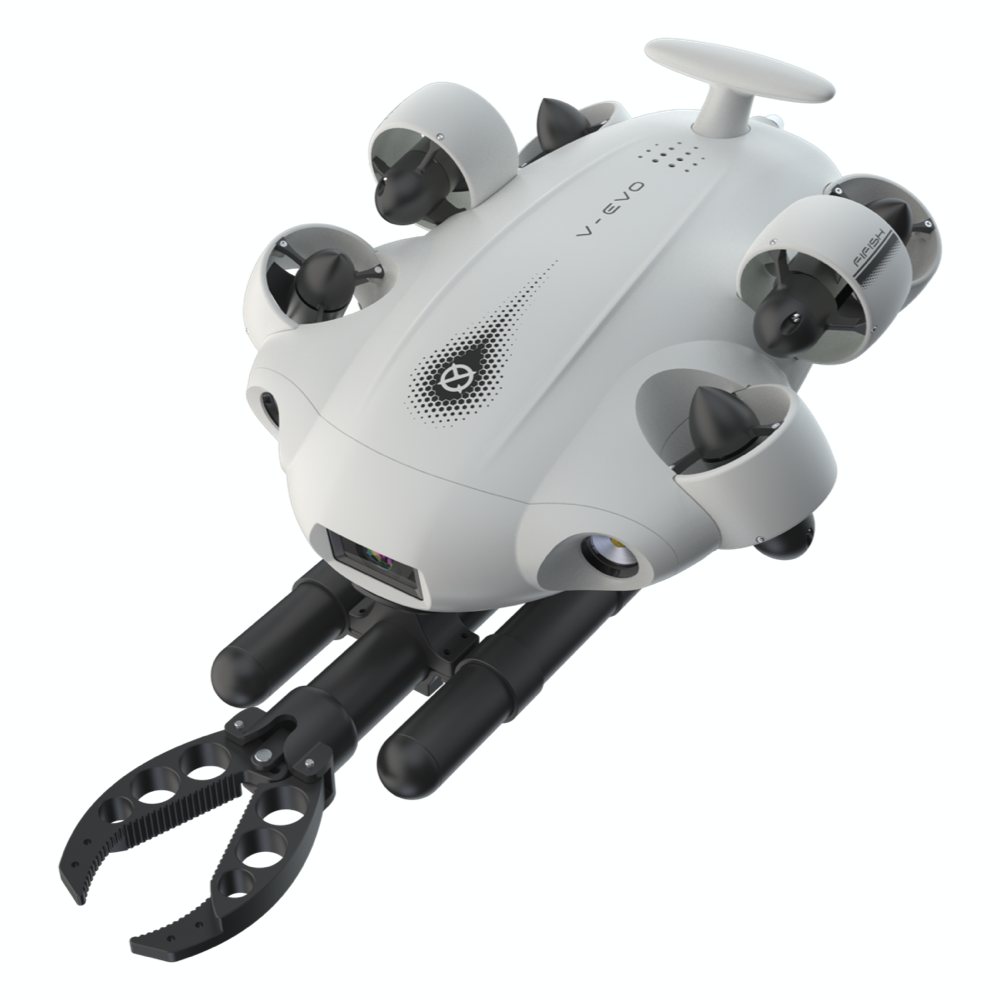 QYSEA Fifish V-EVO - Underwater Drone Kit 4K - 60fps - optional grabber arm
QYSEA Fifish V-EVO - Underwater Drone Kit 4K - 60fps - optional grabber arm 




